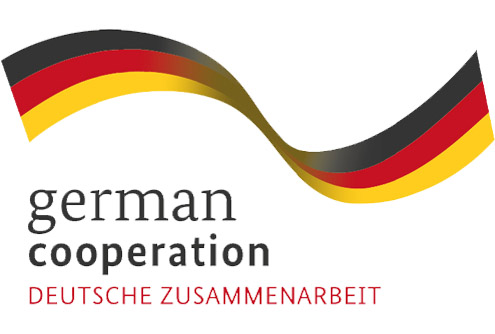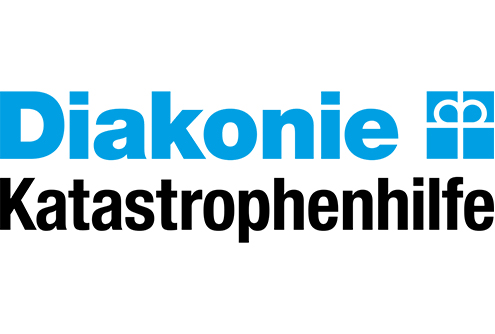1. Development impact assessment
A development impact assessment covers environmental, social and economic impacts.
It specifically examines the impacts of development activities (e.g. mega projects and land transformation via urbanisation).
Dam construction, mining, blasting, high-ways and transport networks are examples of mega projects that can cause considerable – and many times – irreversible environmental, social and economic damage to communities and landscapes.
Undertake an environmental, social and economic impact assessment for the local area with respect to all possible development interventions including mega projects.
In cases where project-specific impact assessment studies are already available, civil society organisations can support the community members in sharing the findings from these studies with the objective of examining the relevance of those studies to the community.
Conduct an exercise to make the community members aware of the overall impact of development, risk drivers and risk factors associated with various physical and non-physical hazards.
Collaborate with local experts (e.g. EIA and SIA experts and environmental consultants) and development authorities (e.g. local government bodies).

